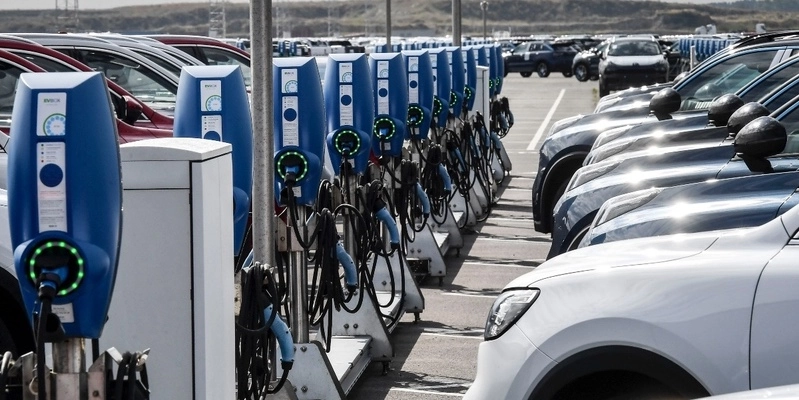The electromobility industry in Spain has seen significant growth in recent years, as evidenced by the more than 92,969 electric vehicle registrations and more than 37,000 charging points installed.
However, this rapid development raises questions about the viability and sustainability of new players in the market, specifically in the CPO sector.
Is it worth entering a market that seems to be saturated or is there room for expansion for new players?
According to Albert Sagarra i Segarra, member of the Board of Directors of the Association of Electric Vehicle Users (AUVE), to Mobility Portal España, the Spanish market cannot yet be considered saturated.

“If we compare ourselves with France, for example, we can see that there is room for more,” he says.
He adds: “Specializing in niches or focusing on less dense areas offers more opportunities.”
This statement highlights the reality of “shadow zones”: although large cities such as Madrid and Barcelona already have a strong presence of charging points, there are less urbanised areas that are lacking.
Focusing on specific segments, such as fast charging in high-traffic areas or serving commercial fleets, could be a path for new players.
This is expected to be driven by the Moves Corredores Plan, an incentive managed by the Ministry for Ecological Transition and the Demographic Challenge (MITECO) to improve coverage on roads where implementation is insufficient.

Along these lines, Rubén Valiente, founder of Wattson, delves into the structural challenges facing the Spanish market and highlights that the main problem is the lack of electric cars.
“There are many chargers, in fact, there are more than the number of electric vehicles in gas stations,” he explains.
According to Valiente, this situation poses a challenge for operators, especially due to the low use of “refueling” devices.
“Obviously, being a CPO in this business today is complicated because, as there are so many chargers, most of them are unused,” he says.
He stresses: “They have a 5% utilization rate and this is not profitable for a CPO.”
Could CPOs face a situation similar to that of the micromobility sector?
The micromobility sector has experienced rapid growth in recent years, creating opportunities for many players to choose to enter this industry.
A 2022 study by Tier Mobility revealed that 30% of Spaniards used micromobility vehicles for urban travel.
This placed Spain as the second European country with the highest acceptance of electric scooters, reaching 71%.
In 2024, the numbers changed, showing a 44% drop in demand for eScooters.
This shows that an excess of players in the market can lead to excessive competition, low prices and the disappearance of some small players.
However, Sagarra emphasizes that, although every business has its risks, the CPOs sector in Spain is “just beginning to yield results and has guaranteed growth.”
The key to avoiding a saturation similar to that of micromobility lies in smart management and investment , as well as the ability to offer innovative services that go beyond simple recharging.
“The short-term challenge is to promote interoperability and establish dynamic pricing based on demand, schedules and other factors,” he says.
Currently, each operator uses its own app or payment method, forcing users to download multiple apps to use different “refueling” stations.
This is not only inconvenient for drivers, but also limits the growth of electric mobility adoption.
An example to follow in this regard is Portugal, which has implemented interoperability as a requirement for all CPOs operating in its territory.
This allows users to travel across the country using a single card or app to access any charging point.
Local stakeholders say that this system encourages competition and allows smaller companies to compete with large operators.
So, is it worth entering the Spanish market?
Despite challenges, Spain remains an attractive market for CPOs.
The growing demand for electric vehicles and the urgent need for a broader and more efficient charging network open the door to new opportunities.
To be successful, both new and existing players must be strategic and take advantage of underserved areas, as well as invest in technological innovation.
“It is necessary to expand services at charging stations, increase power and speed, implement card payment options, plug&charge technology, and even incorporate wireless charging,” says Sagarra.
Companies that manage to differentiate and adapt will have a competitive advantage in a constantly evolving market.








